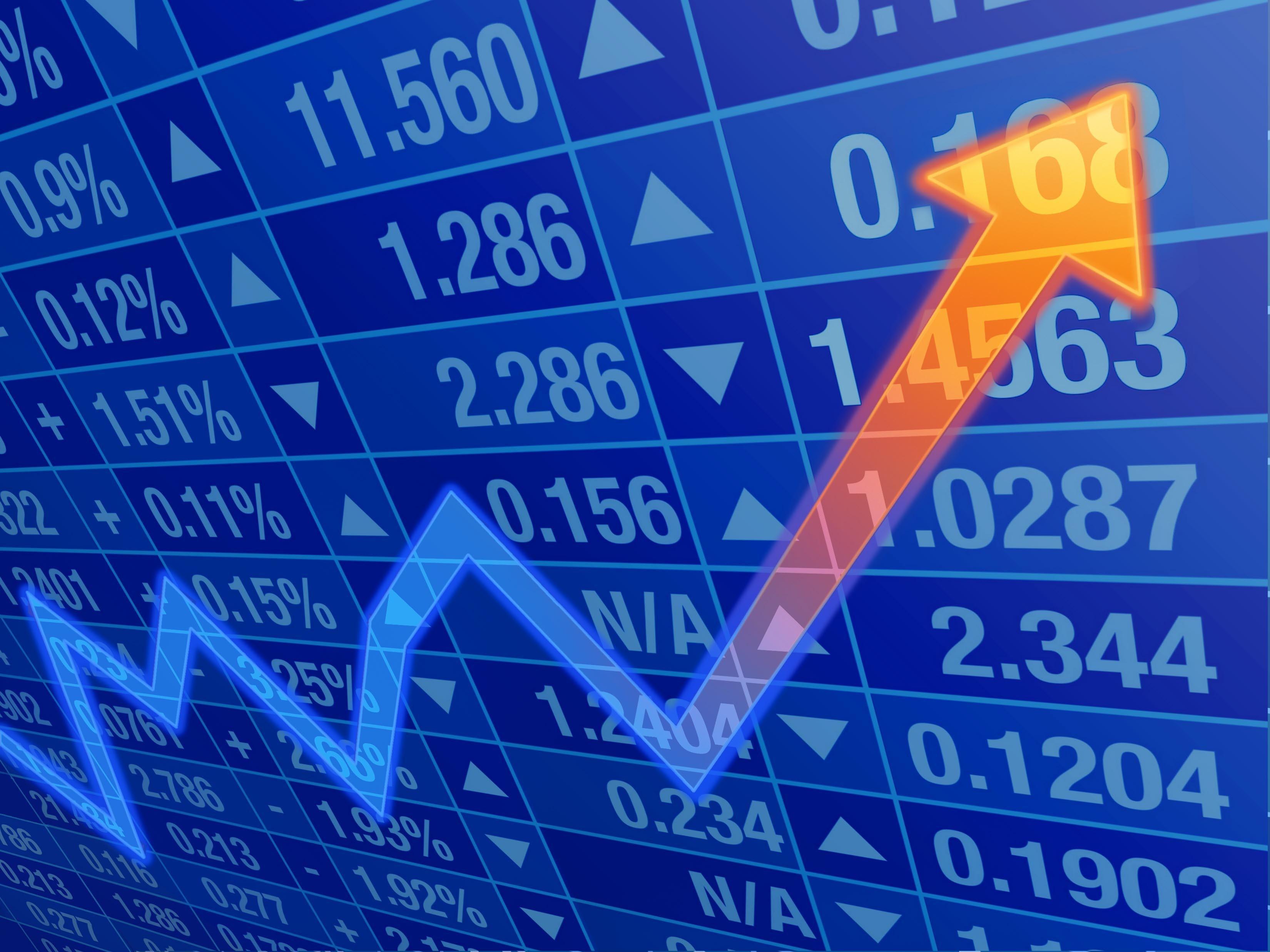
Stocks in modern day change everyday, the rise and fall of the stock market is natural and is because of supply and demand. If there is a larger supple than demand, the price would fall. If the demand if larger than the supply, it would cause the price to rise. After the WWI, the stocks seemed like a good investment as everything was so good in the 1920's. The Roaring Twenties ended with the Great Depression, starting from 1929, the Great Depression caused many people to lose their money that they've invested in the stock market. Since most of the stock was in paper money that wasn't actually real money until you sold your stock, it was easy for people to think that their stock will always rise and not sell until you can get the maximum amount of money for the stock you have. In this case, people in the 1920's didnt want to sell until they could get the most money, when the stocks dropped, everyone kept thinking that it would rise up again. In the 1920's people had already noticed that stocks prices will massively drop, but maintained their stocks in the market. Before the Great Depression, people had no idea what was going on with their stocks and why they were doing what they were doing. Companies were not required to tell stockholders information on the stocks until 1933 when the Securities Act of 1933 was passed. The stock market was unregulated until 1933 and continued to be regulated by the government all the way to today. Many laws have been passed to outline the stock market and some of them include the JOBS Act of 2012, Dodd-Frank Wall Street Reform and Consumer Protection Act of 2010, Sarbanes-Oxley Act of 2002, Investment Advisers Act of 1940, Investment Company Act of 1940, Trust Indenture Act of 1939, and the Securities Exchange Act of 1934.
Bursts in the Stock market are called Bubbles. Bubbles are defined by the rapid expansion followed by a contraction. Bubbles form in economies, securities, stock markets, and business sectors. Higher prices cause a large market correction, or a crash. Corrections ussually are a reverse movement of the stock markets that corrects itself, usually 10% or less, but major crashes can be a lot more. Stocks may remain strong even if there is a correction in the market. Nowadays, people easily make money off stocks, pennystocks as well as major companies stocks. Employees from major companies sometimes are paid in stock, stocks can be sold and bought, if a large majority of stock is owned by one person, he/she controls the company. Honestly, there is no way to actually predict the stock market. If there is a couple lessons to be learned is that dont buy stock unless you really want to take that risk. Also if you do buy stock, dont expect to buy high and sell even higher because most of the time, you'll end up in a crash and you'll lose your money.
I really like how you explained Stock Market Bubbles. They are things that happen very often but usually people aren't that educated about them, so its good that you brought it to attention in this article.
ReplyDelete